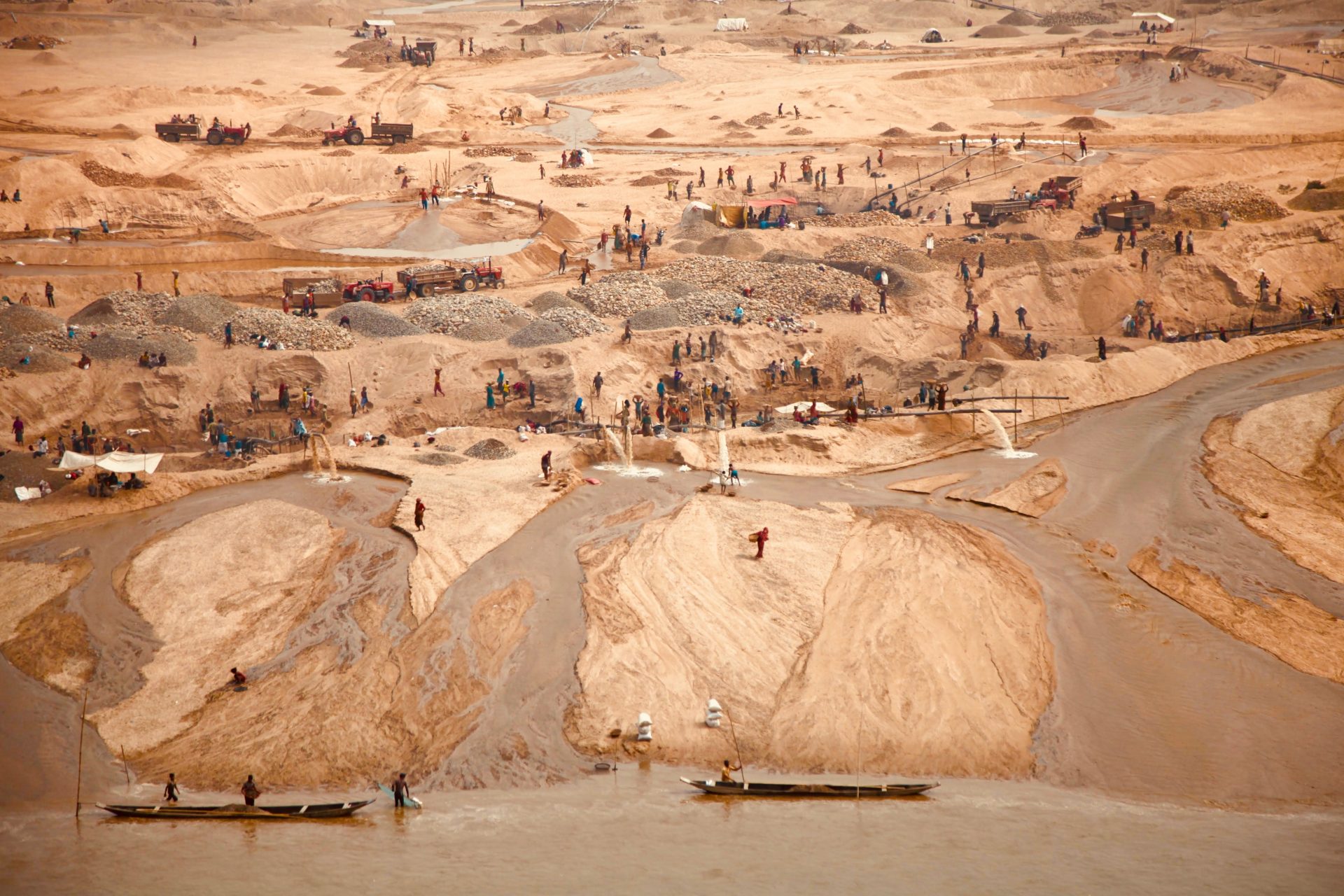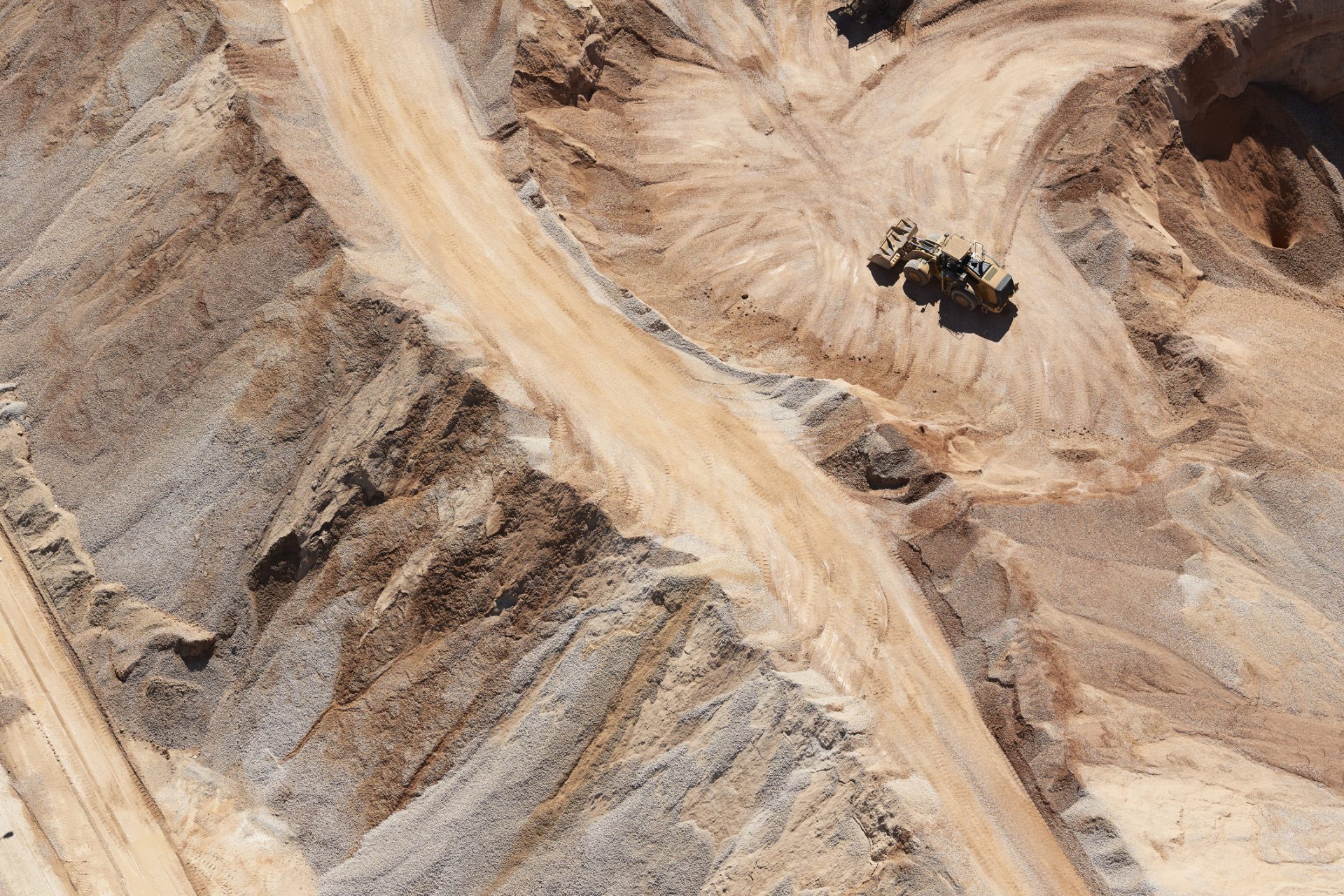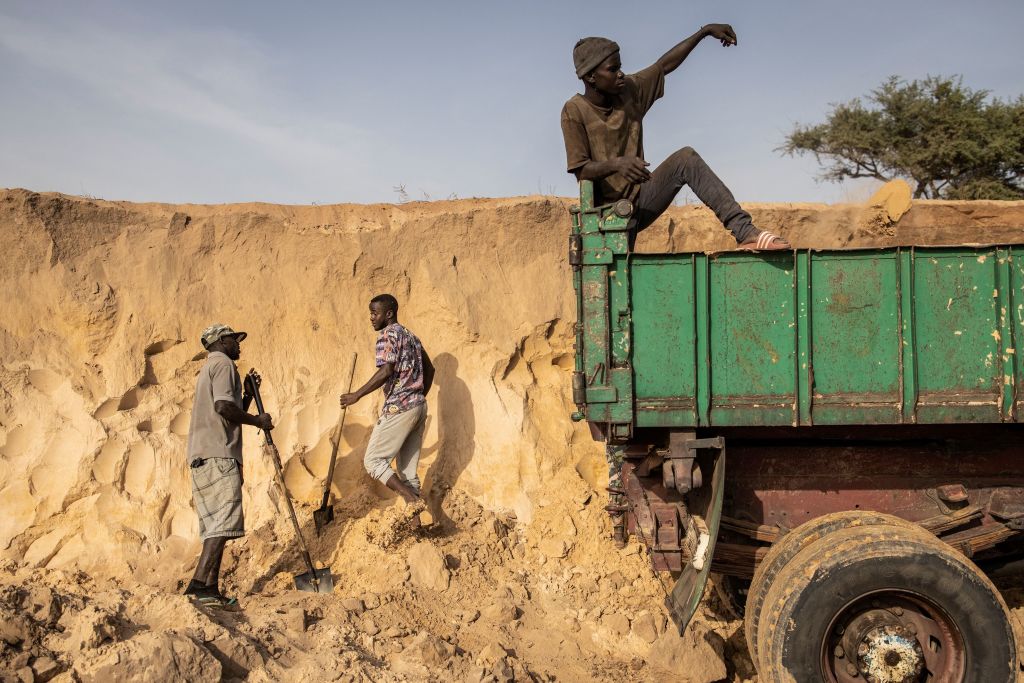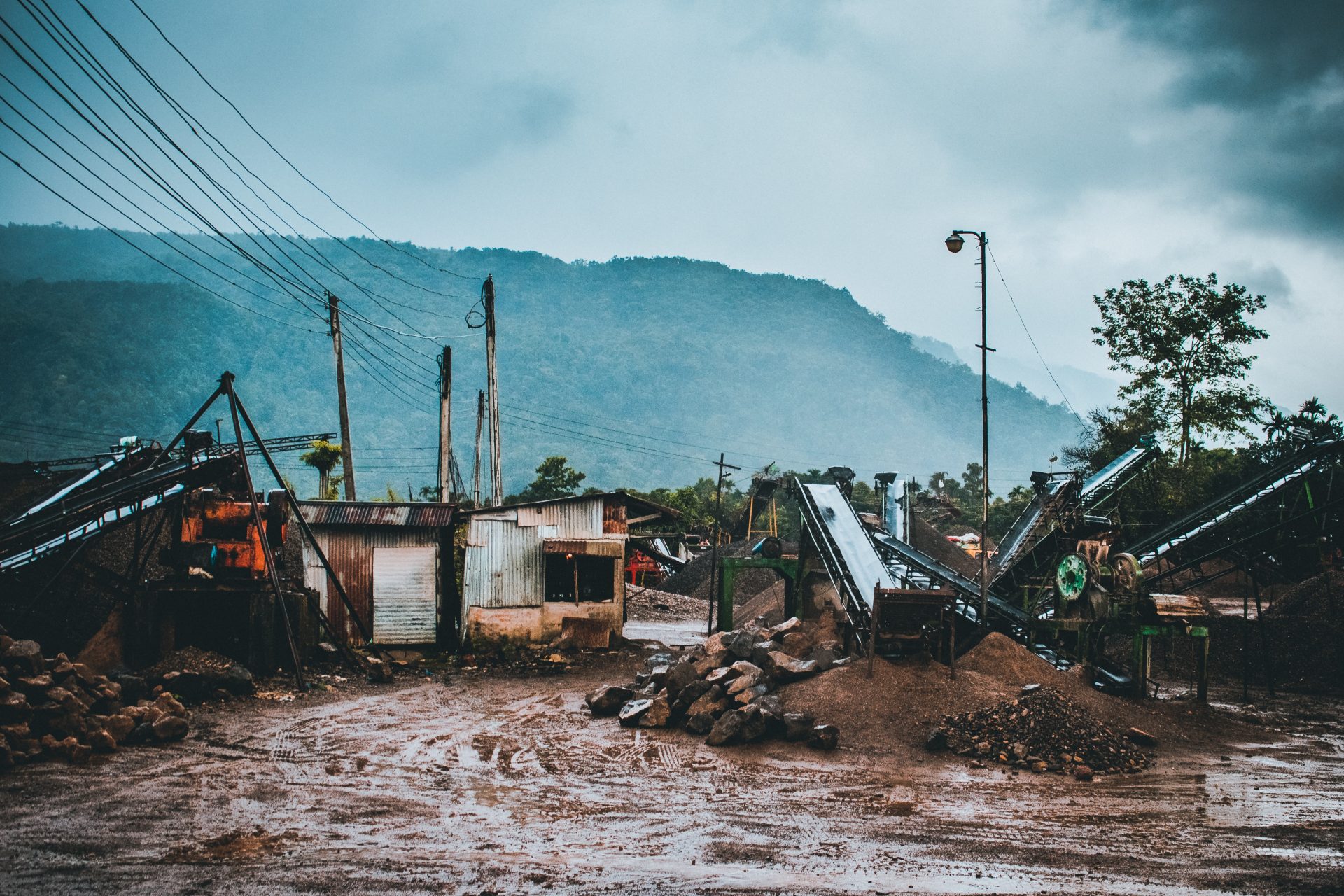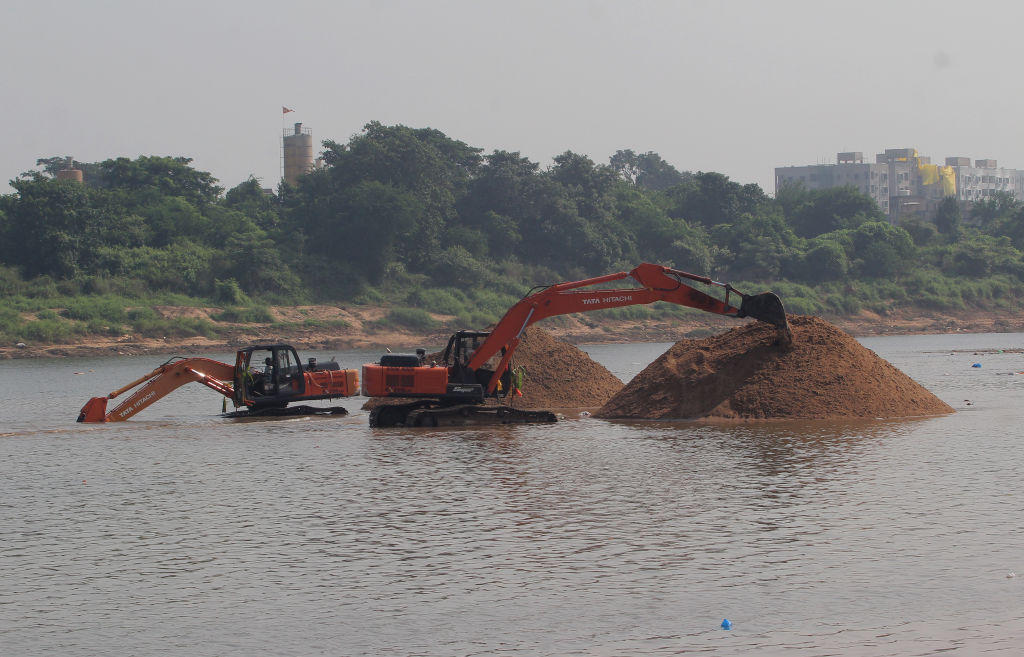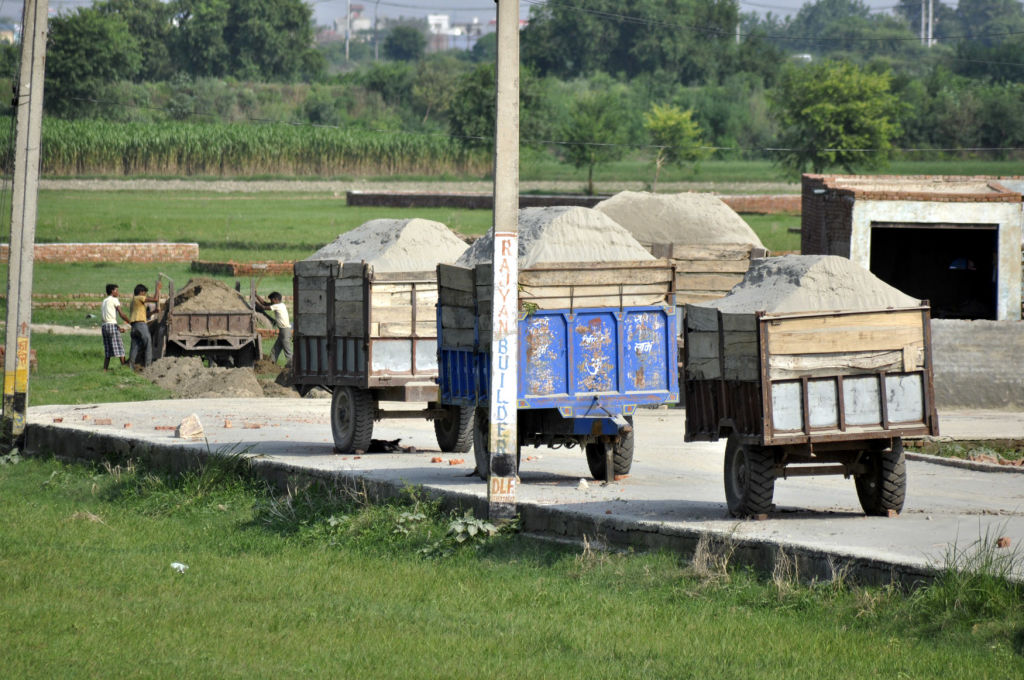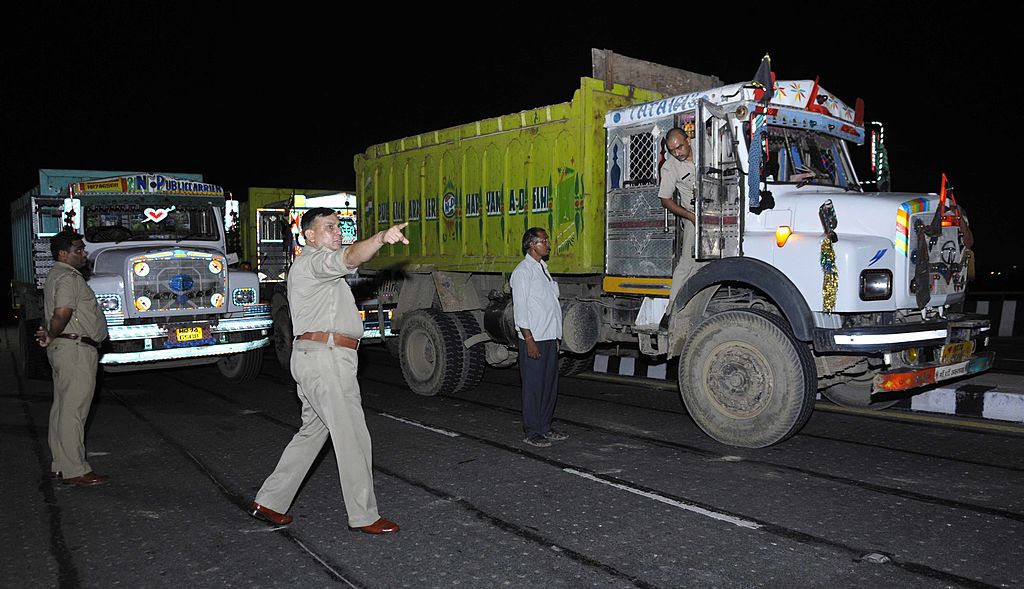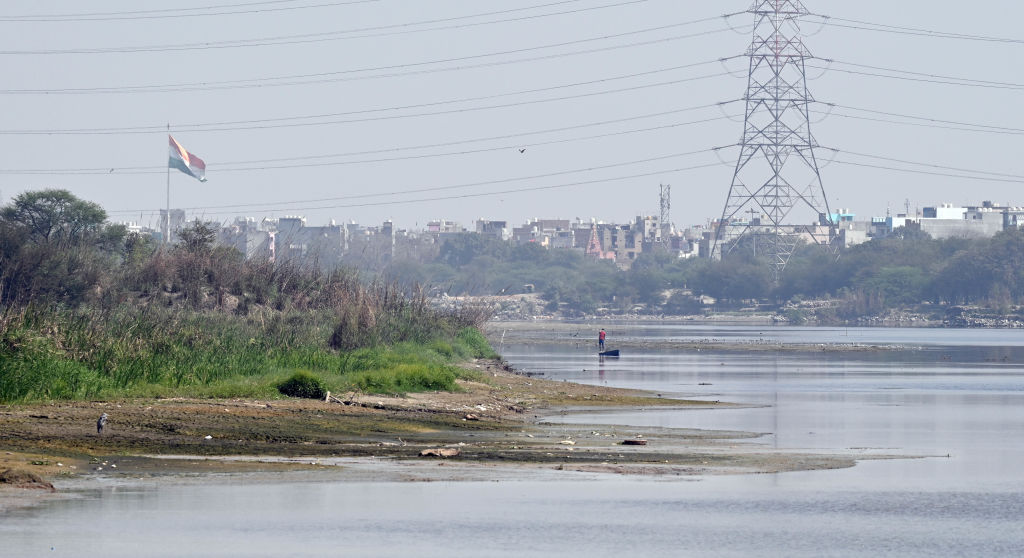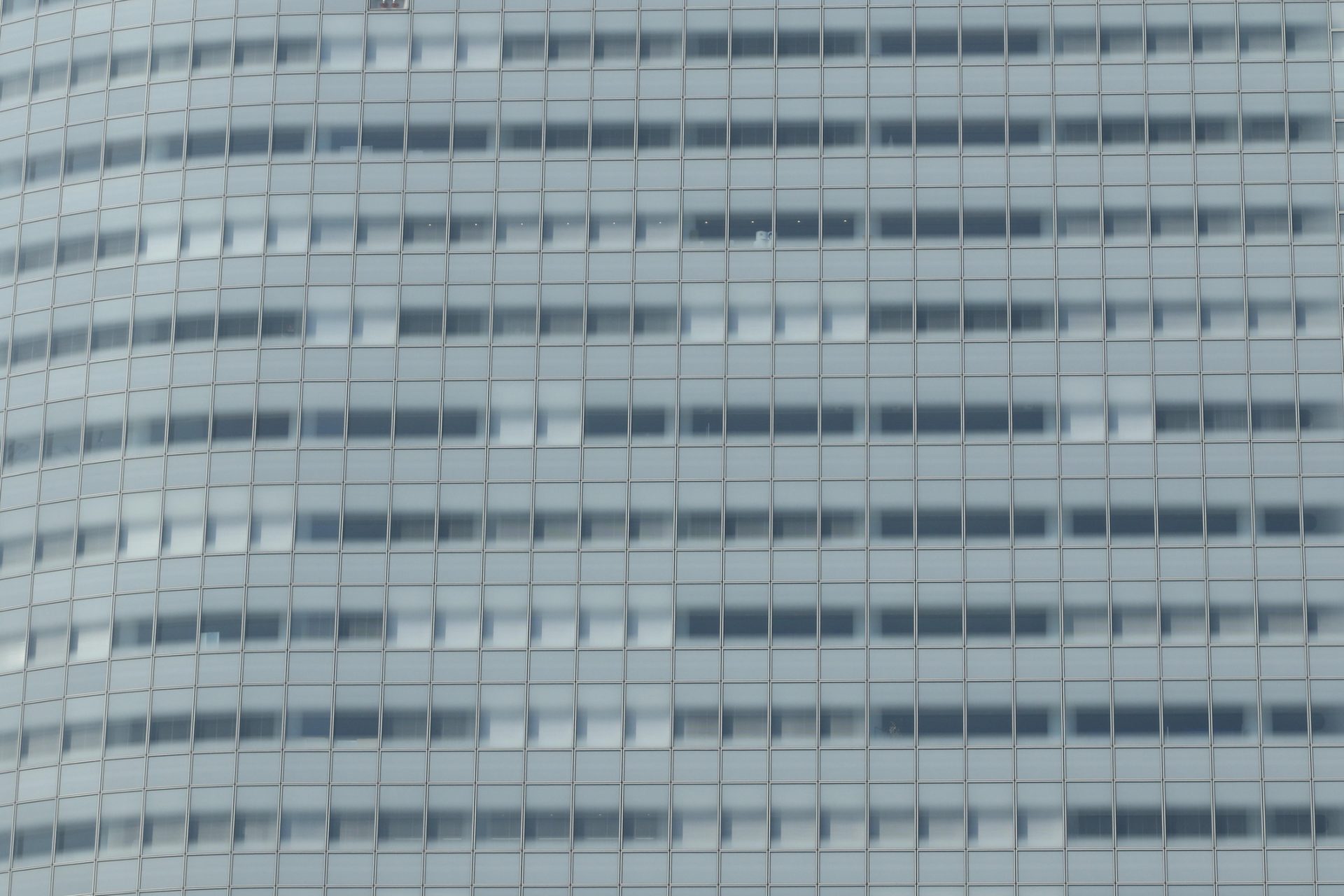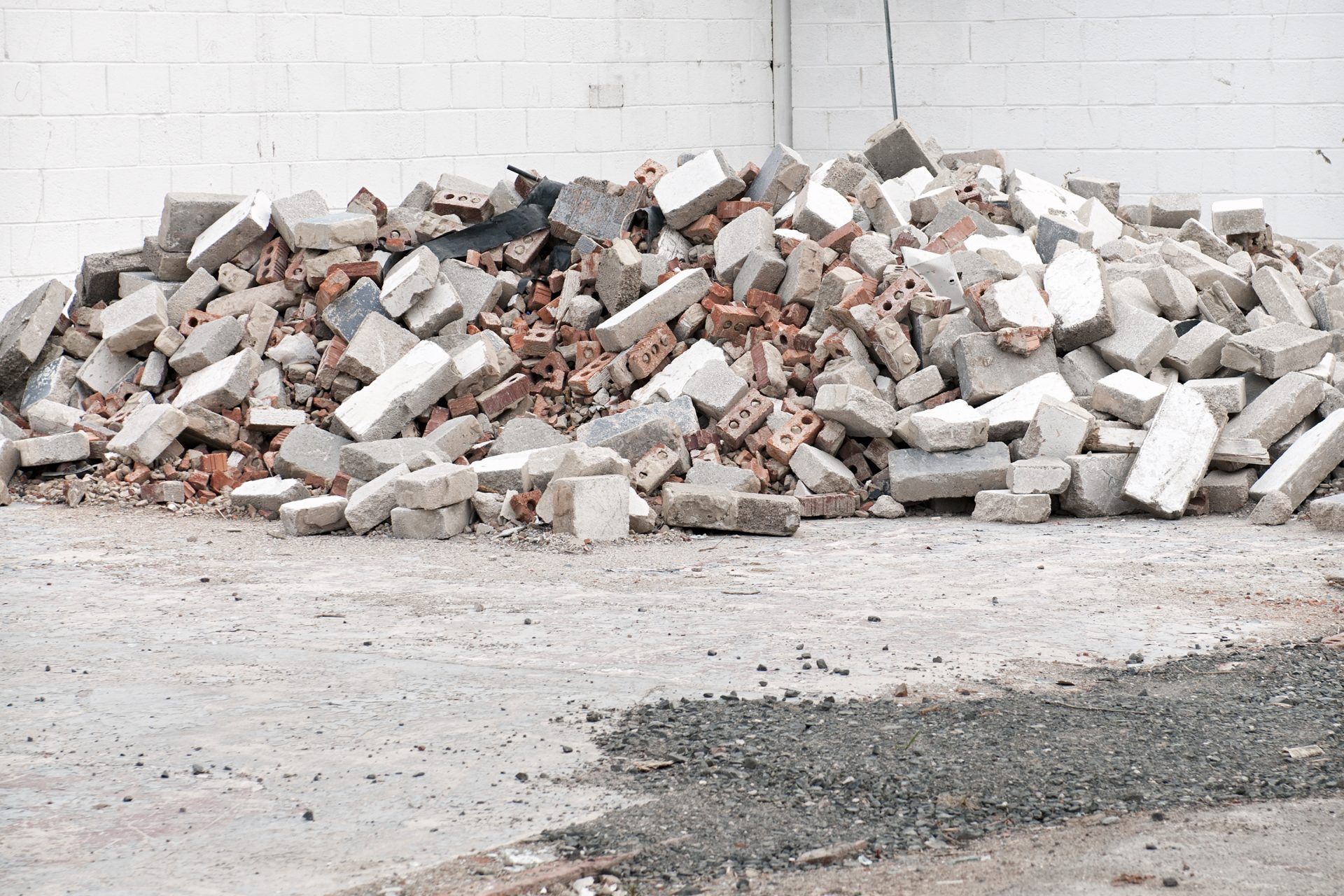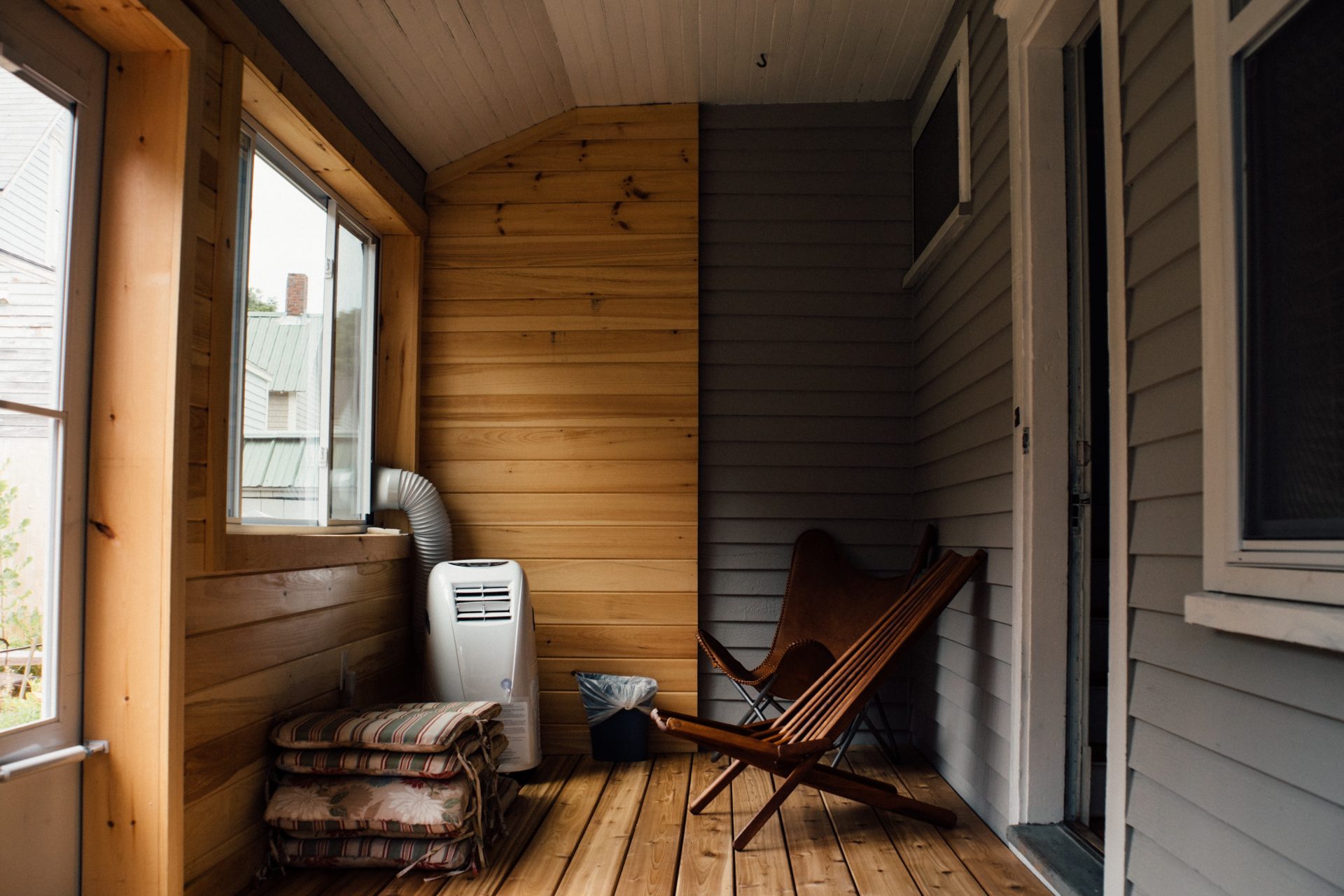The second most exploited natural resource
Sand’s function goes far beyond delighting the feet of beachgoers. In fact, it is the most exploited natural resource in the world after water, according to Green Initiative.
Concrete is made of sand
Sand is the most important component for making concrete. It is also the main component of silicon, according to Minerals Education Coalition, and silicon is a major player in the tech industry. Moreover, glass is sand that has been melted down and chemically transformed.
Photo: Alice Donovan Rouse/Unsplash
Huge demand for sand
So we can effectively say that sand is in our cities, homes and even in our pockets; and as a result of this huge demand, we have started to strip riverbeds and beaches bare, at a rate faster than sand can be renewed, according to the UN.
Photo: Hasin Hayder/Unsplash
Sand mining has tripled in the last 20 years
Sand mining has tripled in the past two decades, with demand reaching 50 billion tonnes a year in 2019, according to the latest report from the UN Environment Programme (UNEP).
Enough concrete in a year to build a wall around the world
In 2012 alone, the UNEP estimates, enough concrete was created to build an 88-foot-tall, 88-foot-wide (27 meters) wall around the world.
Photo: Joe Woods/Unsplash
Extraction of sand is unregulated in many countries
The bigger problem is extraction, sourcing, use and management of sand is unregulated in many parts of the world, says the UNEP.
Sand exploitation increases flooding risk
The rampant extraction of sand is also increasing the risk of climate-related disasters, as there’s not enough sediment to protect against flooding, according to the World Wildlife Fund (WWF).
Photo: Sadiq Nafee/Unsplash
Keeping sand in rivers helps combat climate change
“Keeping sand in rivers is the best adaptation to climate change, because if a river delta receives enough sediment, it builds itself above sea level in a natural reaction”, WWF geographer Marc Goichot told Reuters.
Sand mafias
Another consequence of this situation is the appearance of sand mafias. According to Vince Beiser, an award-winning journalist who wrote a book about the history of sand, organized crime has taken over this valuable resource.
Bribery and violence
The sand mafias do what every other mafia does everywhere, Beiser told NPR. “They bribe police. They bribe cops. And if you really get in their way, they will kill you”.
India: where illegal sand mining is worst
Beiser said that India is the country where the problem is worst, but that violence over sand is happening in many other countries, such as Kenya, Indonesia, China, and Vietnam,
among others.
At least 39 people killed by sand mafias in India in less than two years
Between January 2019 and November 2020, at least 23 citizens, five journalists and activists, and 11 government officials were killed by sand mafias across India, according to SANDRP, an NGO that works on issues related to natural resources.
We need solutions
While pressure on governments to regulate sand mining is increasing, more needs to be done to find solutions to the sand crisis, environmentalists say.
Optimizing the use of infrastructure
In its 2014 report, ‘Sand, Rarer than one thinks’, the UNEP Global Environment Alert Service suggested optimizing the use of existing buildings and infrastructure.
The problem with recycling
Because even if using recycled materials is another good alternative, there’s a problem to it: buildings are not as disposable as paper or plastic, they’re built to last for a very long time, and so that sand is taken out of circulation indefinitely, journalist Vince Beiser points out.
Stop making concrete the only go-to material to build
Breaking the reliance on concrete as the go-to material for building houses, by increasing the tax on aggregate extraction, would be a good way to reduce demand for sand mining, according to the World Economic Forum.
Photo: Adrian Schwarz/Unsplash
Training of architects to use alternative materials
Moreover, the training of architects and engineers in looking to use alternative materials to concrete, such as wood and straw could also help the problem, some experts suggest.





